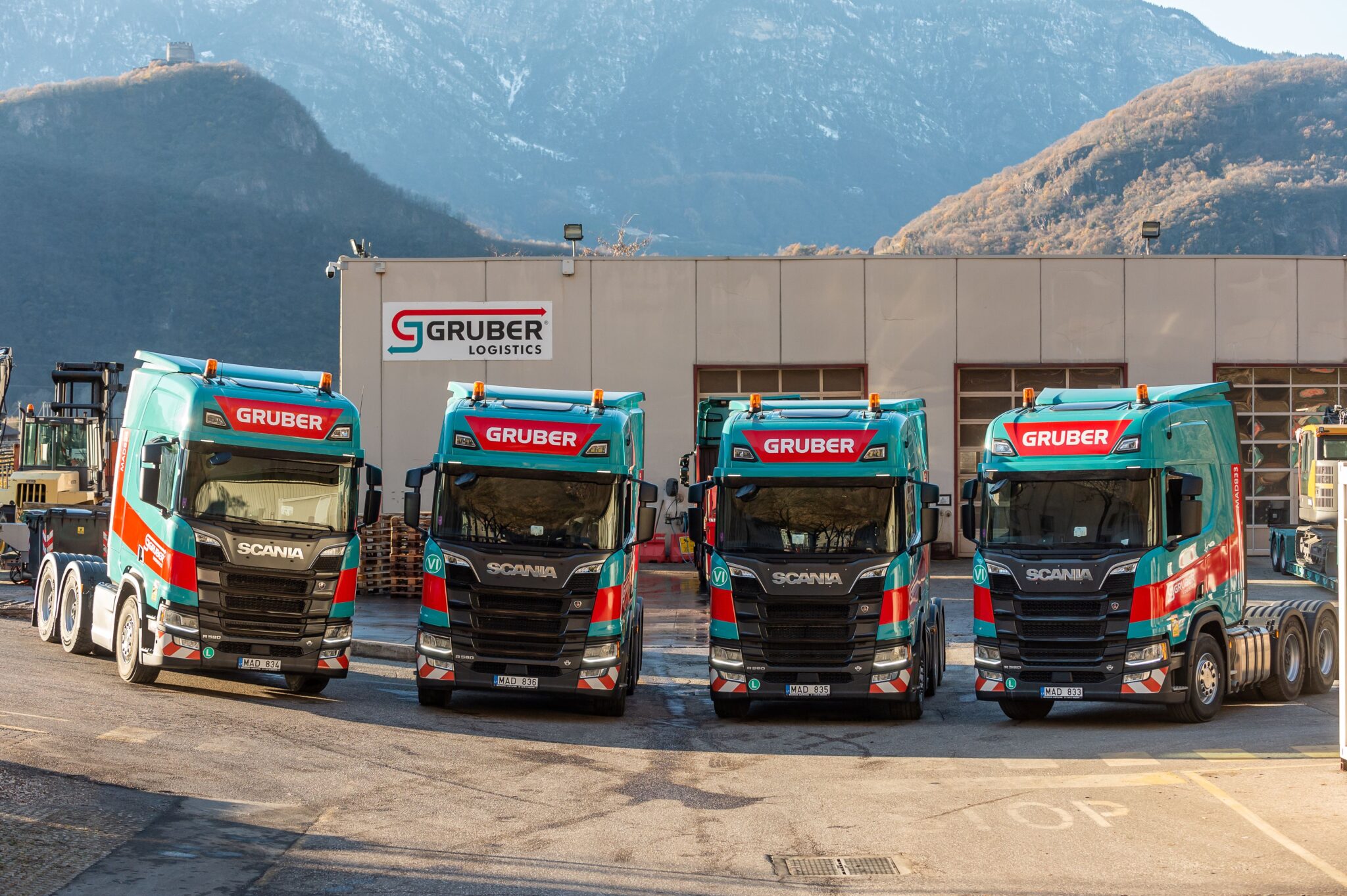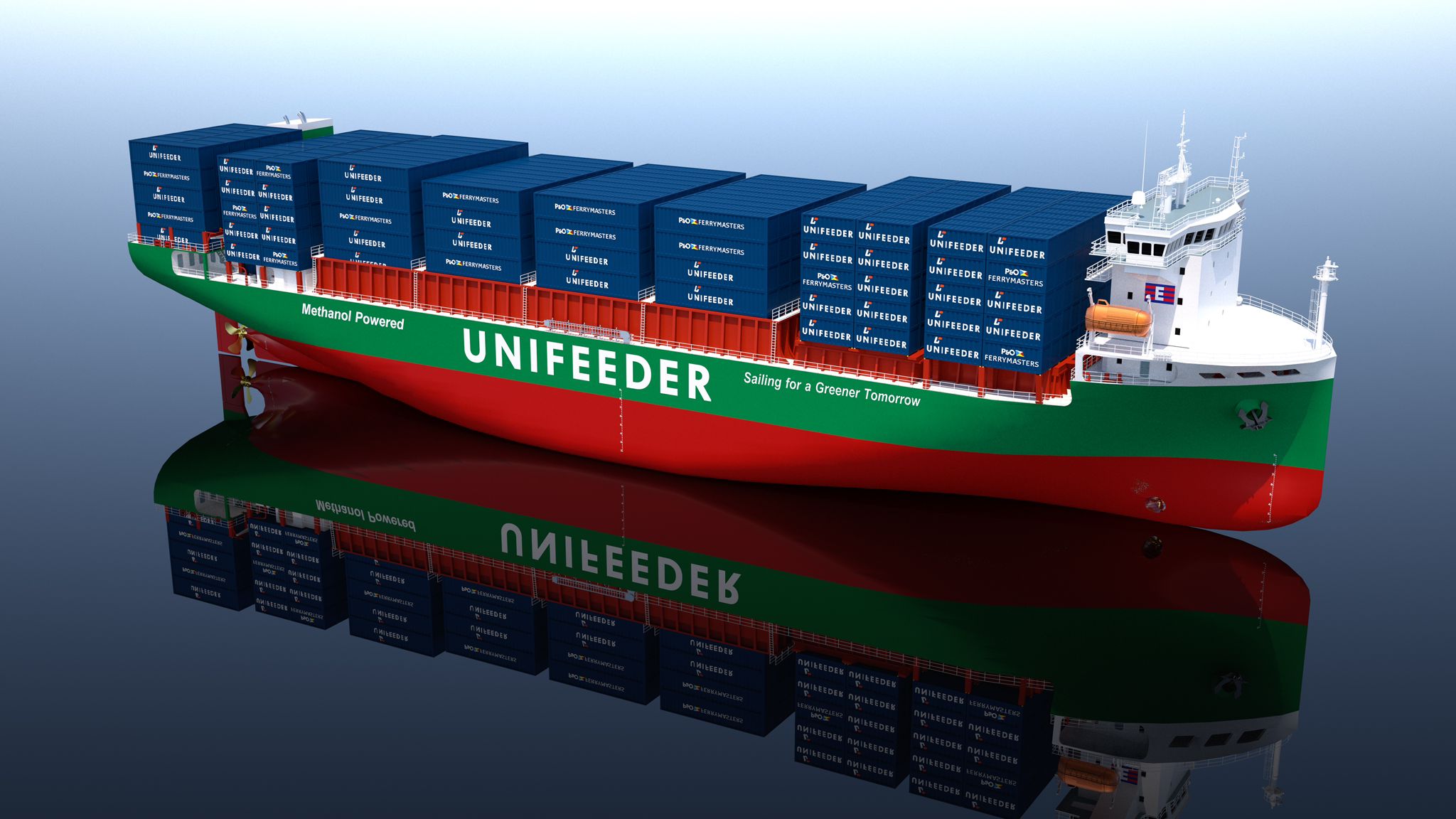By 2050, Europe should be the first CO2-neutral continent – that is the goal of the “Green Deal”. In order to achieve this, there is more to be done, particularly in the transport sector. Electrification of vehicles is most likely the most important driver. The EU-funded project “ZEFES” project (Zero Emissions flexible vehicle platforms with modular powertrains serving the long-haul Freight Eco System) is researching the possibilities for long-distance heavy goods transport in order to achieve the objectives of the “Green Deal”. In a first step, the transport company Gruber Logistics, one of the project partners, is now collecting data: Under real conditions, how many stops does a vehicle make in long-distance transport today, how often does it brake or when and where does it reach which speed?
With a total budget of almost €40 million 40 partners from 14 different nations are working on the project and carrying out various tests with Battery Electric Trucks and Fuel Cell Electric Trucks.
Gruber Logistics has been collecting data for FCEVs on a defined route Verona to southern Germany via the Brenner Pass since the end of February. Initially, no FCEVs will be used here, but tests with diesel vehicles will be carried out in order to define a baseline for future tests with real FCEVs.
The tests are being carried out in cooperation with the Fraunhofer Institute, which has developed a device plus API for this purpose, as well as the companies RICARDO, TNO and Scania. This broad expertise makes it possible to record and analyze data with high precision and frequency using the device installed in the truck. In this case, this means in fractions of a second. In comparison to other tests that obtain data via Fleet Management Systems, for example, or where connection-susceptible mobile communications are used for data transmission, the Gruber Logistics test can be expected to produce high quality data. Efficiency improvements, mass production capabilities and the use of technologies in daily use were defined as the test criteria.
Emission-free Heavy Goods Transport
The results of the test phase will subsequently be doubly valuable: on the one hand, the suitability of FCEVs in real-life operation can be better assessed and, on the other, the acceptance of zero-emission vehicles should be brought forward. ZEFES was launched in January 2023 and is scheduled to end in 2026. Even though it will still take some time until then, the first expected results can already be recorded: For example, the use of modular vehicles will result in both cost savings and the creation of new business cases for logistics companies. In cooperation with Scania, Gruber Logistics will also use the collected data for the real prototypes that are already running and will be used in the future.
“Gruber Logistics is pursuing a sustainable, future-orientated strategy. We are convinced that the entire transport sector will and must move in this direction, and we want to help drive this development forward. ZEFES shows a new paradigm where transport companies are not just a final user but are called to be co-designers of new electric and hydrogen vehicles. To optimize such vehicles, we need new logistics models, therefore it is necessary that the vehicles are designed in relation to new utilization. We need a different kind of logistics,” says Martin Gruber, Managing Director of Gruber Logistics.
read more











